Pleasure & Pain, a sculptural perspective
written by art historian & curator
The Baroque art movement has been a particular moment in art history, a time when artists registered significant progress in all three major art fields: painting, sculpture and architecture. One of the main features of Baroque art is the use of light and shadow to create three-dimensional spaces and dramatic effects. These techniques are more likely to transmit stronger emotional content to viewers than flat colours. Although painting stands as the main protagonist in terms of colours and shadow effects, sculpture is no less relevant through its veracity, magical volumetry and life-size examples that impress to tears and explore beauty through juxtaposition.
Videos you may enjoy as well:
Gian Lorenzo Bernini’s masterful sculpture ”Apollo and Daphne”, serves as a captivating exploration of the dichotomy between pleasure and pain within the realm of classical mythology. In this Baroque masterpiece, Bernini skilfully captures a pivotal moment in the ancient tale of Apollo’s unrequited love for the nymph Daphne. The sculpture freezes the narrative in time, revealing the intense emotional turbulence inherent in the pursuit of desire. As viewers engage with the intricacies of the sculpture, they are drawn into a world where pleasure and pain coalesce in a dramatic dance of divine proportions. Apollo’s impassioned pursuit is palpable, his face contorted with desire, while Daphne’s countenance reflects the anguish of her imminent transformation.
Through the exquisite craftsmanship of Bernini, ”Apollo and Daphne” becomes a visual symphony that resonates with the complexities of human emotion. This masterpiece invites contemplation on the enduring tension between pleasure and pain, encapsulating the timeless struggle embedded within the human experience and showcasing the sculptor’s ability to breathe life into mythological narratives.
Baroque and Its Achievements
The Baroque era, spanning the 17th century, marked a profound shift in artistic expression, ushering in a dynamic and theatrical style that sought to evoke intense emotions. Rooted in the aftermath of the Counter-Reformation and the Council of Trent, Baroque art became a powerful tool for the Catholic Church to communicate its messages in a persuasive and emotionally resonant manner. This period was characterized by grandeur, ornate detail, and a heightened sense of drama, all of which contributed to its enduring impact on the realms of pleasure and pain.
One of the key achievements of Baroque art lies in its ability to capture the nuances of human emotion, particularly the dichotomy between pleasure and pain. Artists of the Baroque period, such as Gian Lorenzo Bernini, Caravaggio, and Peter Paul Rubens, mastered the use of chiaroscuro, dramatic lighting, and dynamic compositions to create emotionally charged artworks that reflected the complexities of the human experience. Bernini’s ”Apollo and Daphne” stands as a testament to the Baroque’s exploration of desire and its consequences. In the realm of pleasure, Baroque art often celebrated the sensuous and the opulent, creating sumptuous depictions of earthly delights. The use of rich colors, intricate details, and grand architectural settings aimed to immerse the viewer in a world of aesthetic pleasure. However, the Baroque also delved into the darker aspects of human existence, acknowledging the inevitability of pain and suffering. Caravaggio’s intense and starkly realistic depictions of biblical scenes, such as ”The Crucifixion of Saint Peter”, exemplify the Baroque’s ability to confront the viewer with the harsh realities of life, thereby eliciting a profound emotional response.
Gian Lorenzo Bernini and His Timeless Creations
Gian Lorenzo Bernini (1598-1680) was an Italian sculptor, architect, and painter who played a pivotal role in the development of Baroque art during the 17th century. Born in Naples, Bernini showed early artistic promise under the guidance of his father, Pietro Bernini, a prominent Mannerist sculptor. His training began in the family workshop, where he honed his skills in sculpture and learned the classical principles of art. At the age of eight, Bernini moved to Rome, a city that would become the epicenter of his artistic endeavours. Under the patronage of Pope Paul V, he received a formal education in the humanities and immersed himself in the study of classical antiquity. His exposure to the works of ancient Roman and Greek art profoundly influenced his artistic sensibilities.
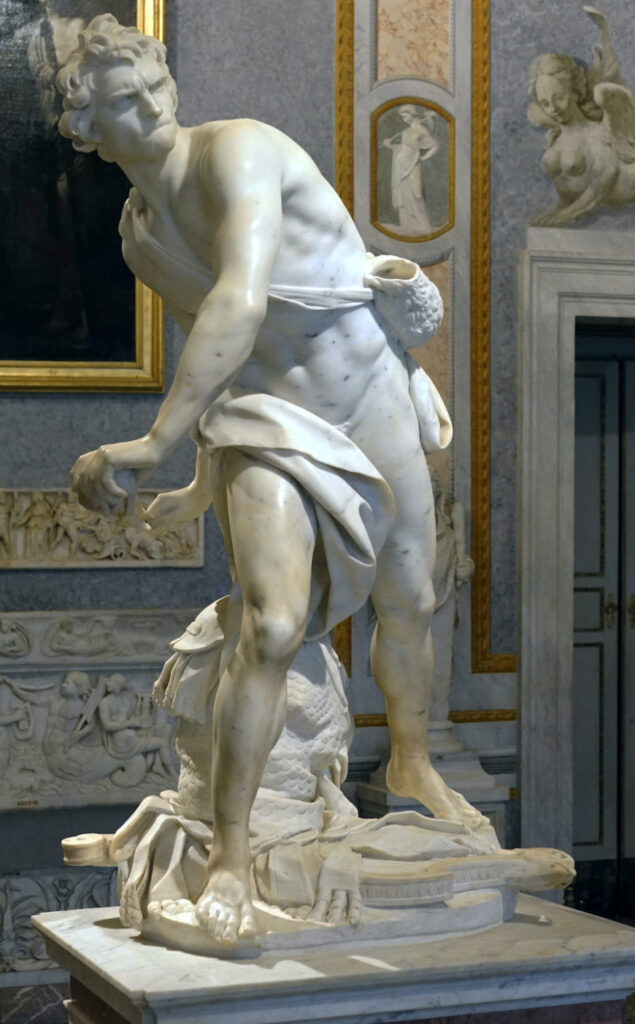
Bernini’s breakthrough came in his early twenties when he sculpted ”Apollo and Daphne” and ”David”, two masterpieces that showcased his exceptional talent for capturing dynamic movement and conveying intense emotions. His innovative approach to marble sculpting, characterized by a fusion of realism and theatricality, set him apart from his contemporaries and exemplified the spirit of the Baroque era. Throughout his career, Bernini undertook numerous commissions for the Catholic Church and aristocracy, leaving an indelible mark on the city of Rome. His architectural legacy is evident today in St. Peter’s Square in Rome and the Baldacchino inside St. Peter’s Basilica. As a sculptor, he not only created religious and mythological masterpieces but also transformed public spaces with his fountains and monuments. Bernini’s creations are infused with a sense of drama and emotion that became emblematic of the Baroque style. His sculptures not only adorned churches and palaces but also served as powerful instruments for conveying the religious fervour and emotional intensity of the Counter-Reformation period.
”Apollo and Daphne”, a Painful Exploration of Desire
Bernini’s ”Apollo and Daphne”, sculpted between 1622 and 1625, is a magnum opus that encapsulates the essence of Baroque art, seamlessly blending technical virtuosity with profound ideological undertones. The sculpture vividly narrates the mythological tale of Apollo’s unrequited love for the nymph Daphne, capturing a moment of intense emotional transition that resonates with themes of pleasure and pain.
From a technical standpoint, Bernini’s craftsmanship in this artwork is nothing short of extraordinary. The marble seems to come alive as the figures twist and contort in a dynamic dance of metamorphosis. Bernini defies the constraints of the stone medium, pushing its limits to convey the fluidity of motion and the softness of flesh. Apollo’s outstretched arm nearly grazes Daphne’s flesh, capturing the immediacy and urgency of the pursuit. The delicate strands of Daphne’s hair appear as if caught in a gentle breeze, while her fingertips begin their transformation into leaves and bark. The technical prowess demonstrated in the rendering of these details elevates the sculpture beyond a mere representation and transforms it into a visceral experience for the viewer. Ideologically, the artwork explores the multifaceted nature of desire and its consequences, thereby delving into the realms of pleasure and pain. Apollo, the god of music and poetry, personifies the pleasure of artistic and intellectual pursuits. His countenance exudes desire and determination, encapsulating the pleasure associated with the pursuit of beauty and love. Daphne, on the other hand, represents the pain that often accompanies the pursuit of such desires. Her face reflects fear and anguish as she undergoes a metamorphic escape, choosing transformation into a laurel tree to evade Apollo’s advances. The narrative frozen in stone speaks to the inevitability of pain in the face of unchecked desire, capturing the moment of transition from pleasure to the agony of transformation.

The composition itself contributes significantly to the ideological depth of the sculpture. The spiral motion, a hallmark of Baroque art, enhances the sense of movement and emotion. The viewer is drawn into the vortex of the narrative, experiencing the tension between the pleasure of pursuit and the impending pain of rejection. Bernini’s choice to depict the climax of the myth, where Apollo almost captures Daphne, intensifies the emotional impact, leaving the viewer suspended in a moment of anticipation and apprehension. Additionally, the use of symbolism in the transformation of Daphne into a laurel tree adds layers of meaning to the narrative. The laurel, traditionally associated with victory and poetic achievement, introduces an element of bittersweetness to the story. While Daphne’s transformation is a painful escape from Apollo’s pursuit, it also represents a victory over unwanted advances, aligning with the broader ideological themes of autonomy and resistance against unwarranted pleasure.
By tapping into the depths of emotion and presenting a vivid portrayal of the human condition, Baroque art remains a timeless testament to the enduring interplay between pleasure and pain in the realms of both artistic expression and the real world. Through the exquisite craftsmanship of Bernini, ”Apollo and Daphne” becomes a visual symphony that resonates with the complexities of human emotion. This masterpiece invites contemplation on the intricate interplay between desire, pleasure, and the inevitable pain that accompanies the pursuit of such passions.

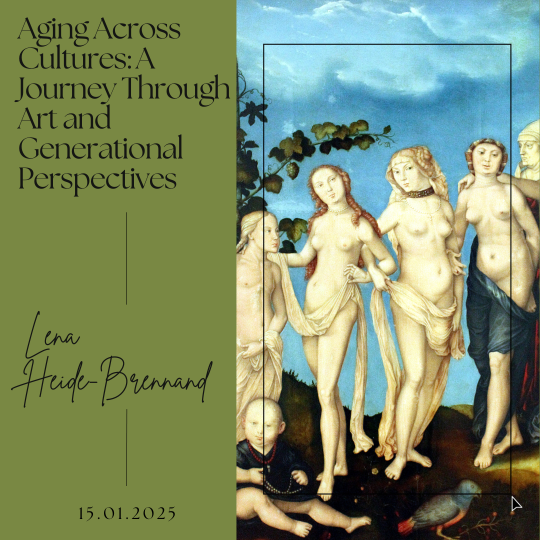
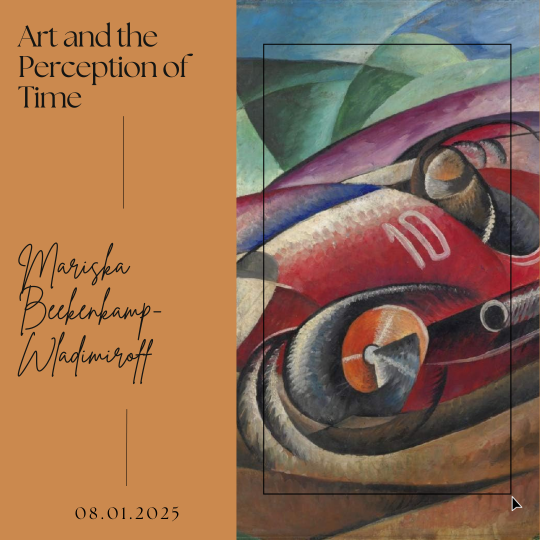
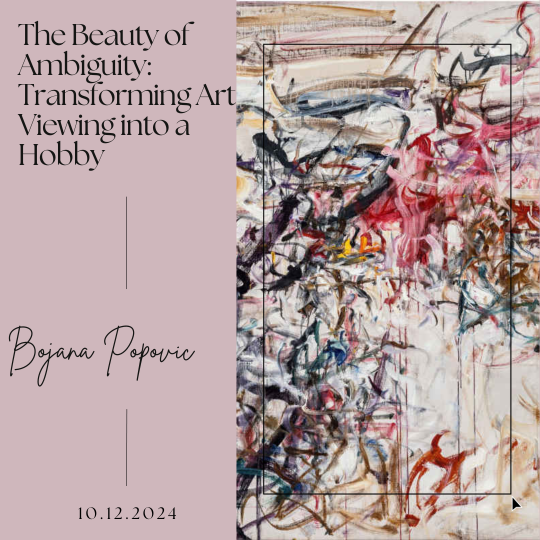
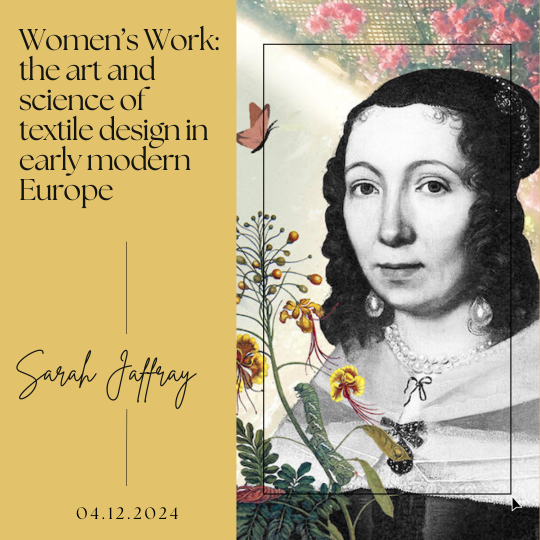
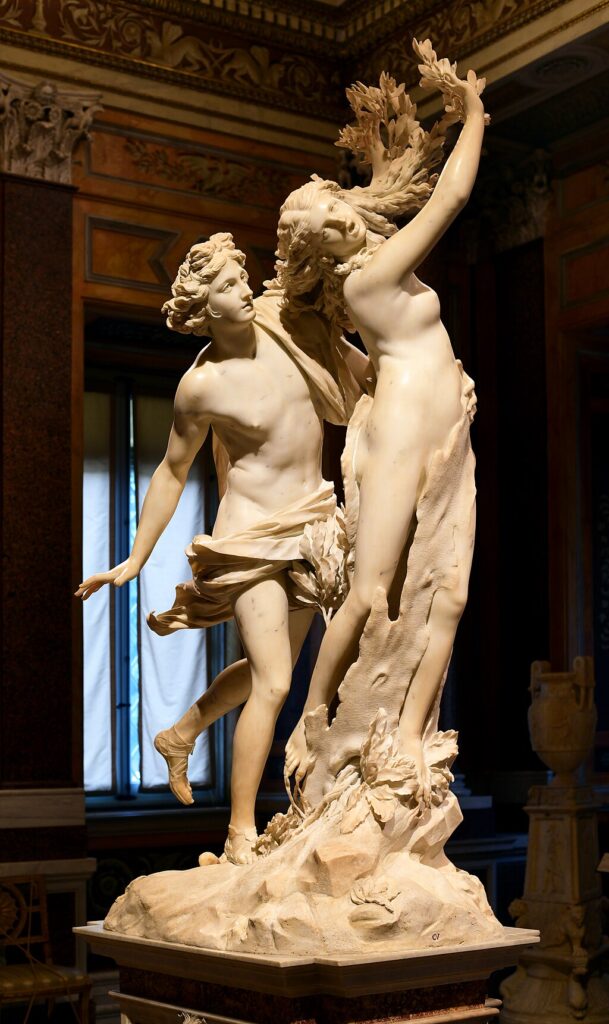
Leave a Reply